1. Description
Ye, said, slandered, acquainted, proverb, truth, riddle, thanks, ballad, slander, posthumous title, modest, silent, sincere, relegated, false, tan, spectrum, condemnation, prophecy.
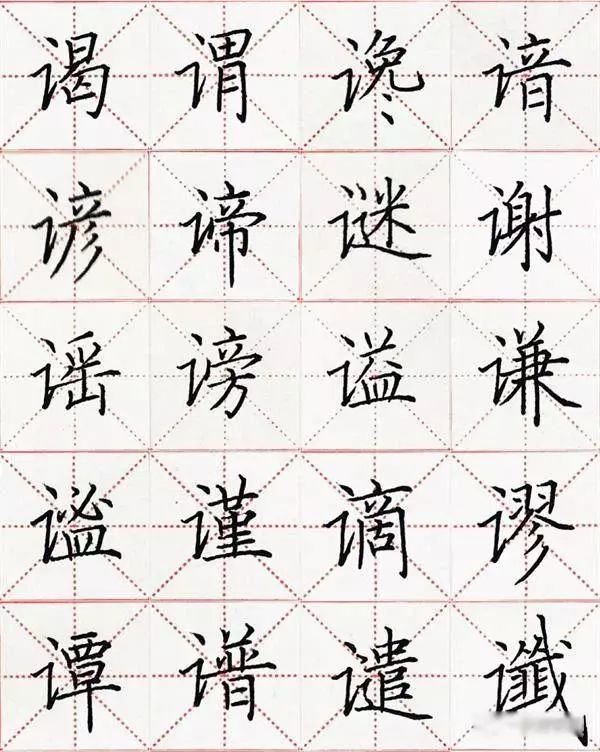
2. Considering that there are too many pictures, some rare words are not included. The word selection is based on the order of the APP "Xinhua Dictionary".
3. Focus on practicing the seven words "ye, said, thanked, ballad, humble, sincere, and relegated" (the characters at this stage are relatively difficult. Although these words are commonly used, you need to practice more, but if you can't write them well, , don’t stick to it, go back and write the earlier ones that are easier to avoid losing the fun and confidence of practicing calligraphy).
4. The pens and paper used to write the pictures below are all ordinary 0.5 gel pens and rice-character paper from the Taobao store "Qingning Thatched Cottage". There is nothing special about them, so there is no need to worry about the tools.
2. Font library and brief explanation.
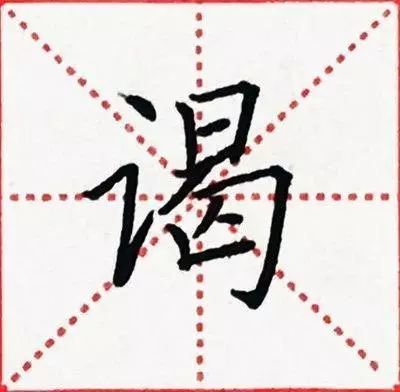
Pay homage (ye), the "曷" (he) on the right side, we often encounter, such as "ai, Jie, Jie, Jie", etc. The key point is that the upper part of the day and the lower part should be aligned, and the overall look like They are like building blocks. The upper and lower parts are stacked together and placed securely. With this awareness, there is basically no difference.
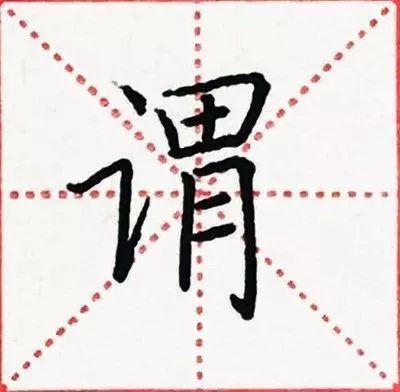
The "stomach" on the right is relatively regular. It tests a basic skill. The horizontal distance is good and the top and bottom are aligned. It doesn't matter if the field above is a little flatter and the moon below is a little to the right, but not to the left.
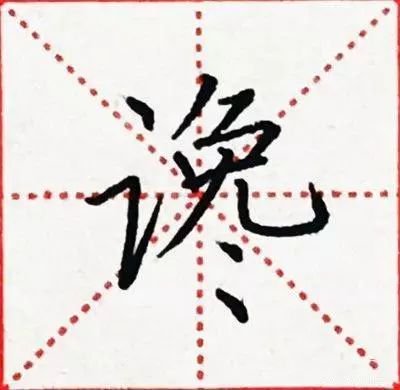
It seems difficult, but it is easy. Just align the right side up and down. Although the right side is a vertical hook, it can also be imagined as a support for the right side. To cooperate with the left hook, its position and angle are determined.
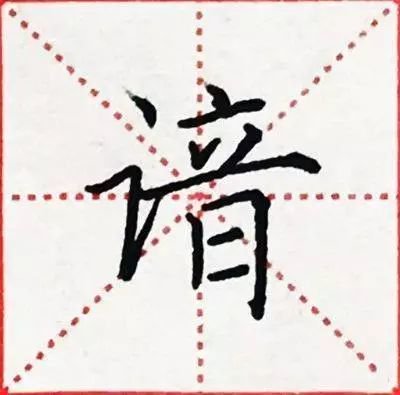
The word "acquainted" means familiarity. The sound on the right is also a test of basic skills. The horizontal spacing should be kept equal, and the first dot and the day below should be aligned so that the character will not be slanted.
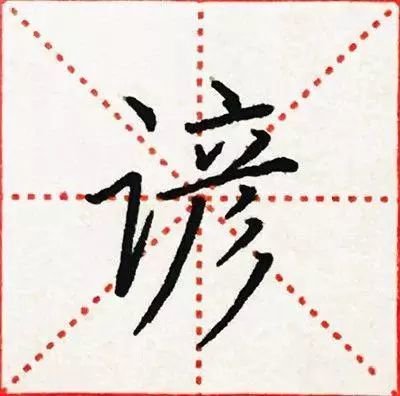
"Proverb" Pay attention to the angle and length of the four left strokes on the right, as well as the spacing of the three left strokes on the lower right.
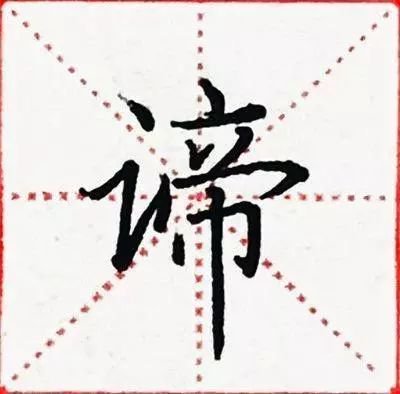
"谛" is not easy to write. You might as well practice "Di" separately first, and then when writing this character, just leave a little space to the left of "Di" for "讠". Also pay attention to the upper dot and the "Ji" Vertical pen alignment.
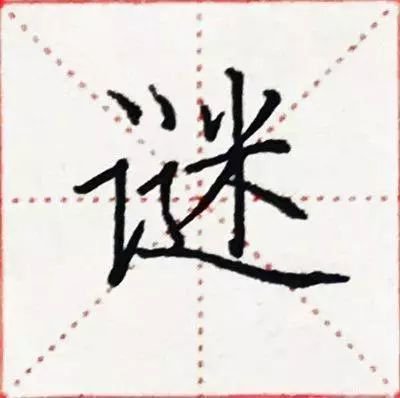
The word "riddle" is much more difficult than I thought. It is very difficult to coordinate the left, middle and right parts, so just put it aside for now.
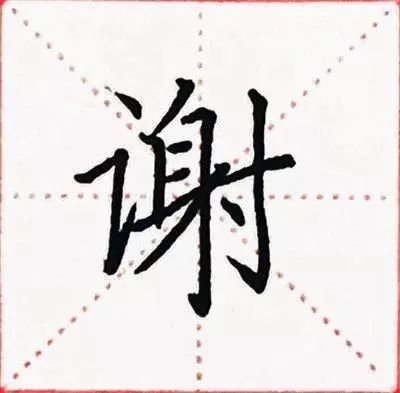
The three parts of the word "Thank you" work well together because they are all rectangular structures. Write each individual part well and close together. When writing the inches, pay attention to the horizontal position and the position of the bottom of the vertical hook.
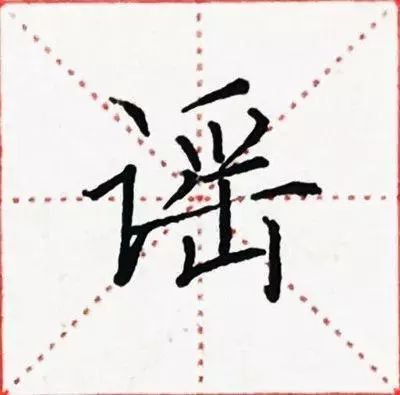
The first one on the right side of the character "哯" should be flattened. The starting position should not be too high. The three points below should be flattened to leave enough space below. The last vertical position of the character "山" below should be slightly longer. The middle vertical position supports the whole character, and the right vertical position supports the whole character. Then support the entire right side.
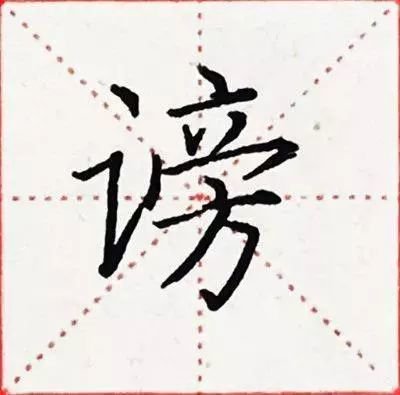
The word "slander" is difficult and ugly, so let's put it aside for now.
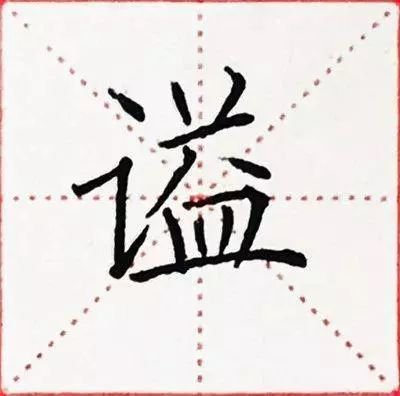
The "posthumous name" of the posthumous title should not be pronounced as "Yi". This character is not difficult. The emphasis is on "Yi", and the initials and backstrokes of "Yi" should not be too long. The "plate" at the bottom should be slightly higher and should not be written. It's too flat, which is a common problem for many people.
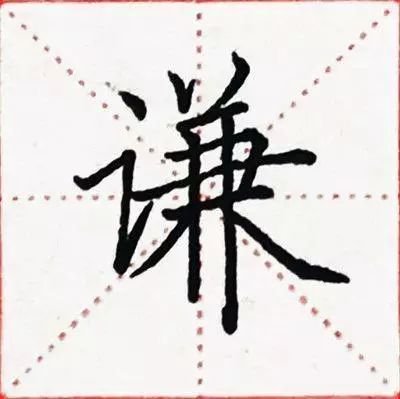
The word "Qian" seems complicated, but writing it is just a question of basic skills. The horizontal spacing on the right side is equal, and the two vertical strokes are written straight and straight. The spacing is slightly smaller, and the strokes are closed a little, and the strokes can be released. Finally, check Are the top two points aligned with the two vertical points below?
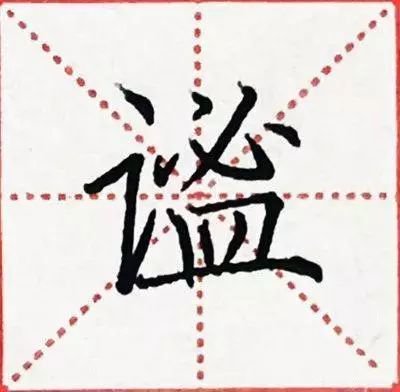
The quiet "quiet" looks good once it's written. In the future, we can focus on the way of writing "bi". Once "bi" is written, the rest will be simple.
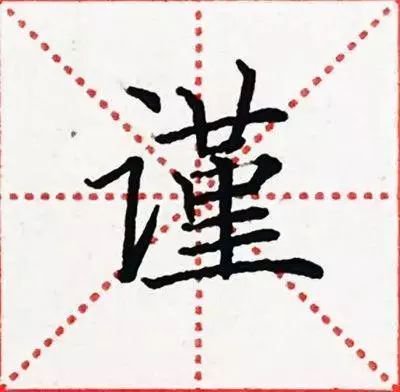
There are a lot of horizontal strokes on the right side of the word "Jin". Please take each horizontal stroke seriously, no matter long or short horizontal strokes, and take seriously the spacing between each horizontal stroke. If you do this, the character will become.
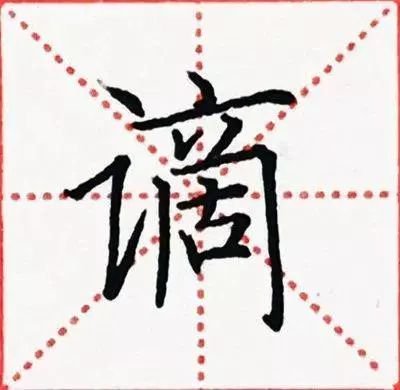
"谪" (pronounced "Zhe") is more difficult. Study the right side carefully. The first horizontal line is suitable for writing long to avoid conflict with the left side. The starting stroke can be written below the point of "讠". Look carefully at the "冂" below. The top is narrow and the bottom is wide, the vertical hook on the right is slanted, and the last "ancient" can be centered.
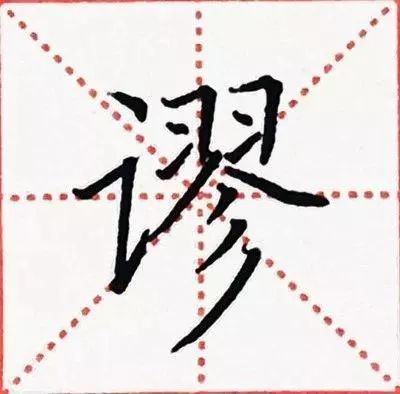
The "yu" on the right side of the word "兰" is written a little flatter to leave space for the bottom part. The emphasis at the bottom is on the three-stroke writing method, which is similar to the three-stroke writing method of "困". Pay attention to the spacing, length, and starting position of the pen before writing, and the idea is Let the center of gravity of these three strokes be on a vertical line.
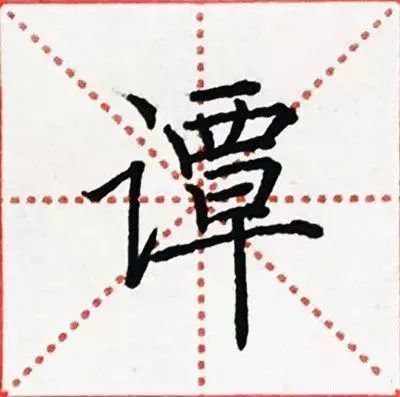
"Tan" is more common but difficult to write. On the right side, pay attention to the horizontal spacing and the width of the fonts. Just write it in a regular way. It is not easy to stand out, but it is much easier to write in running script.
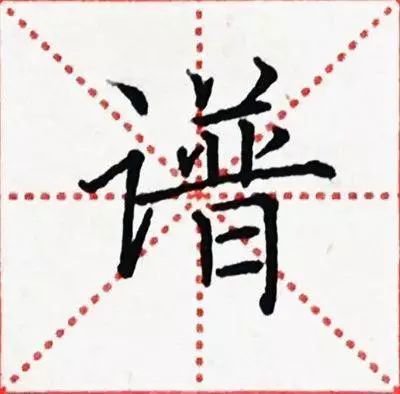
"Pu" is suitable for practicing the word "Pu" alone, and the key point of "Pu" is to align the top and bottom, and the horizontal spacing is basically equal.
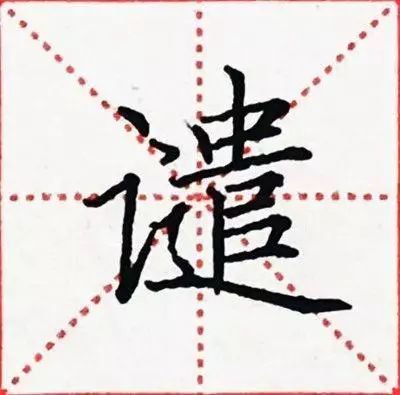
The "condemn" of "condemn", the horizontal spacing on the right, is optimistic, and the upper and lower positions are optimistic, leaving an appropriate position for the bottom of the line. This kind of word requires a certain amount of space control to write well.
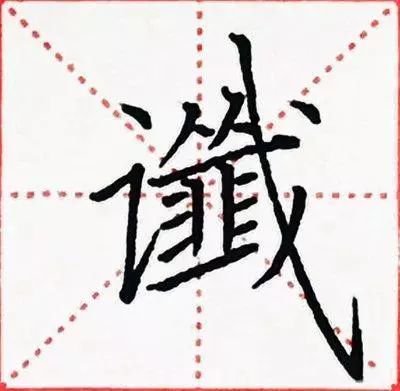
The "prophecy" in "one word becomes a prophecy", as the end of the word, has many strokes. The core is whether the slant hook is written steadily and powerfully, and whether the other short strokes are written in a calm and unhurried way, just treat it as a word. The final boss next to it is ready.
Calligraphy practice questions are published by 15 Calligraphy Practice Network. Please indicate when reprinting:https://www.seowhy15.com/a/469.html








